Are You Pushing Or Pulling Students In Your Classroom?
No longer does the teacher need to be only responsible for ‘covering’ content, a practice that often feels like climbing the down escalator.
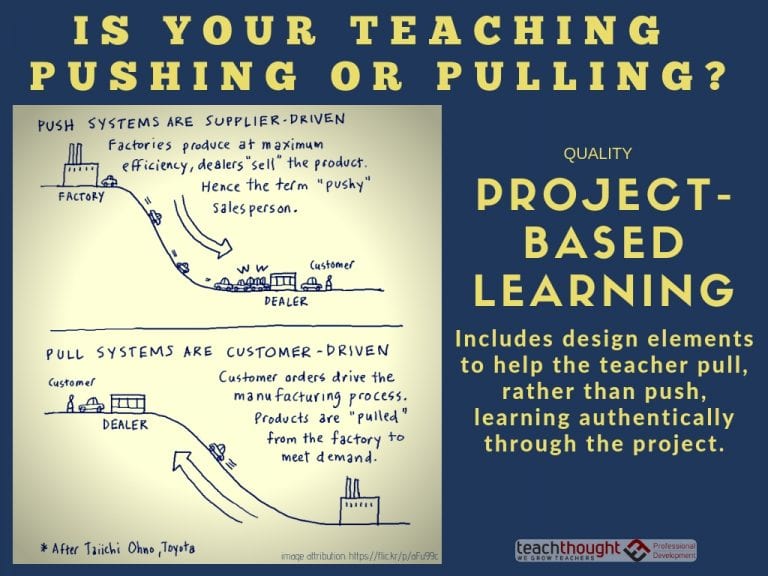
No longer does the teacher need to be only responsible for ‘covering’ content, a practice that often feels like climbing the down escalator.
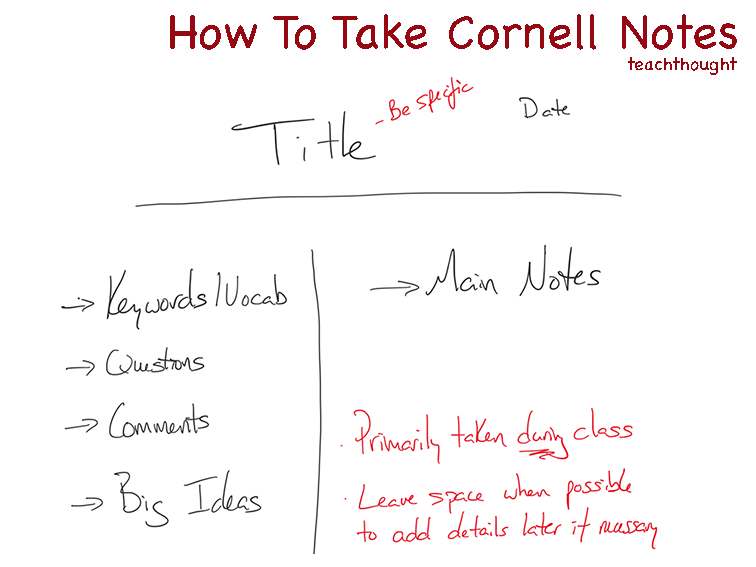
The purpose of Cornell Notes is to distill complex text, arguments, etc. into a format useful for reflection and study.
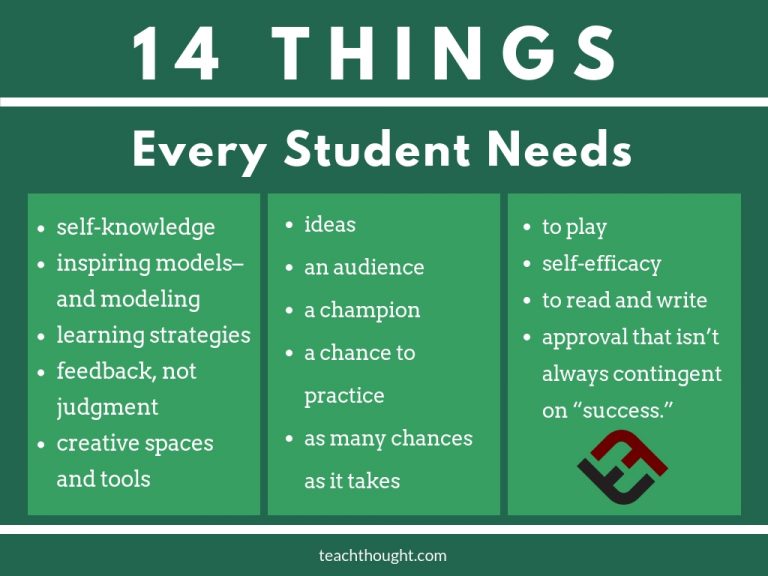
What does every single student need–absolutely, positively have to have–to succeed inside and outside of the classroom?

Should we teach content or thinking? Put another way, should we be teaching art or teaching students to think like artists?
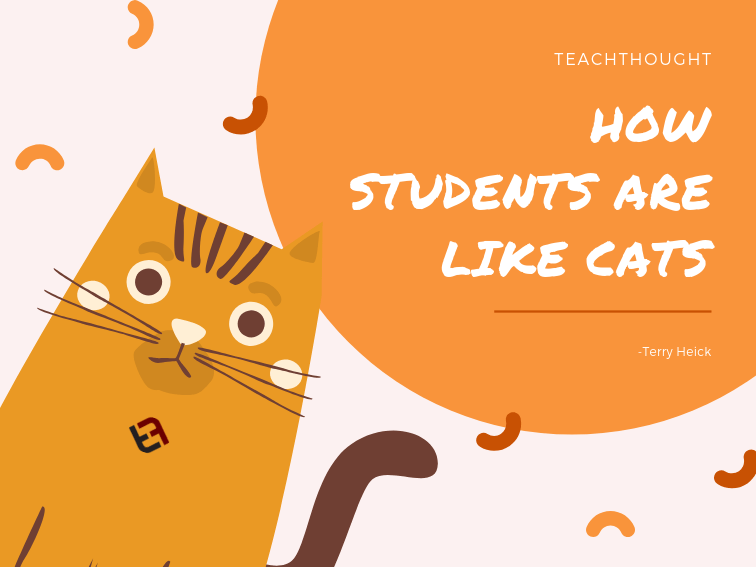
How Are Students Like Cats? by Terry Heick Students can be a lot like cats. This occurred to me recently when teaching a group of 8th graders about the wonders of the preposition. Cats are curious, aloof little prima donnas capable of great feats of athleticism and laziness. They have their own internal clocks, their…
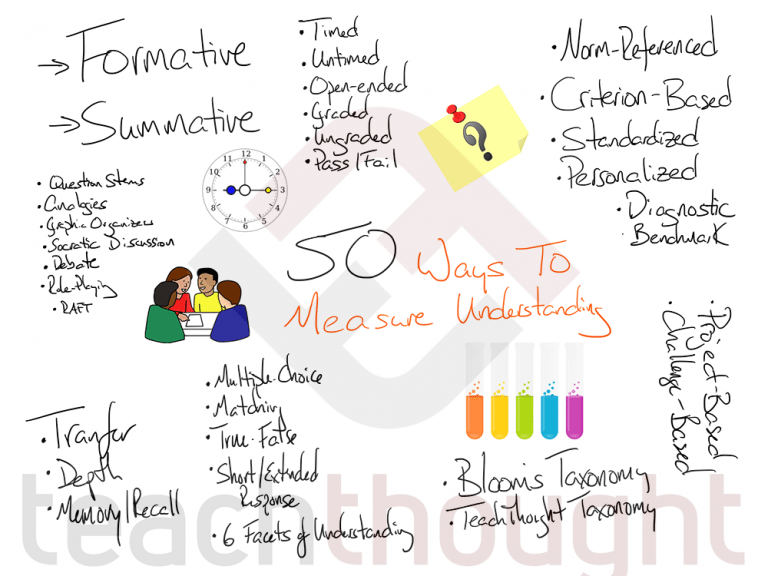
It’s difficult to teach if it’s unclear what students actually understand–and multiple-choice tests aren’t enough. Here are 50 alternatives.
The following infographic by Open Colleges highlights 30 possible ways in which Google Glass might eventually be used in educational settings.
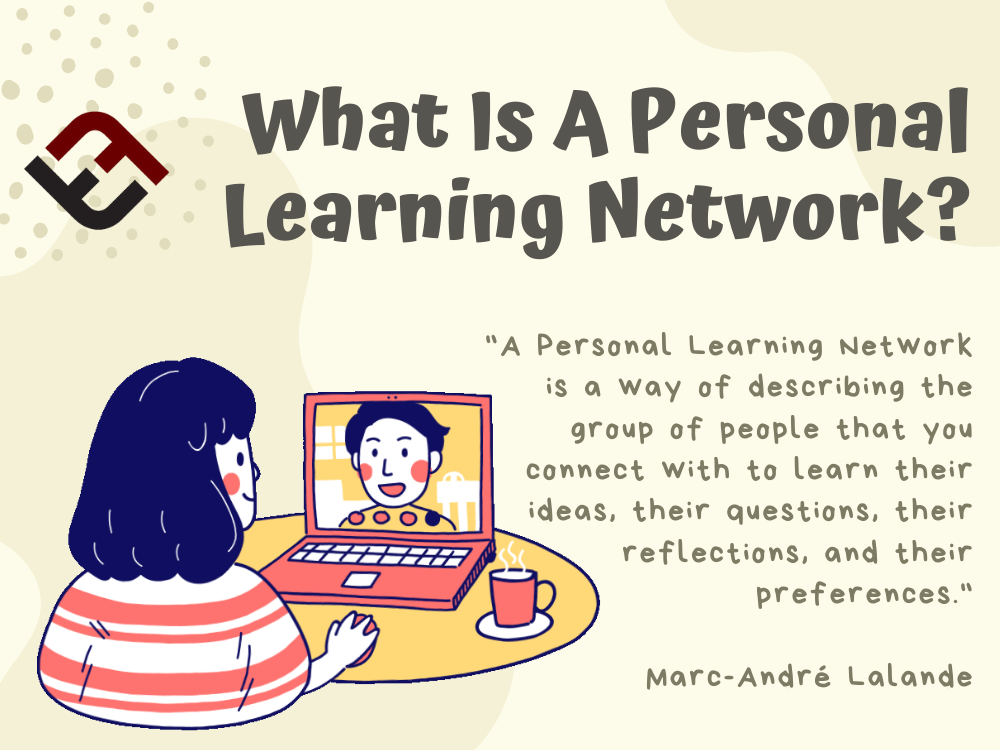
A Personal Learning Network is a group of people that you learn from and alongside through collaboration, sharing, and discussion.
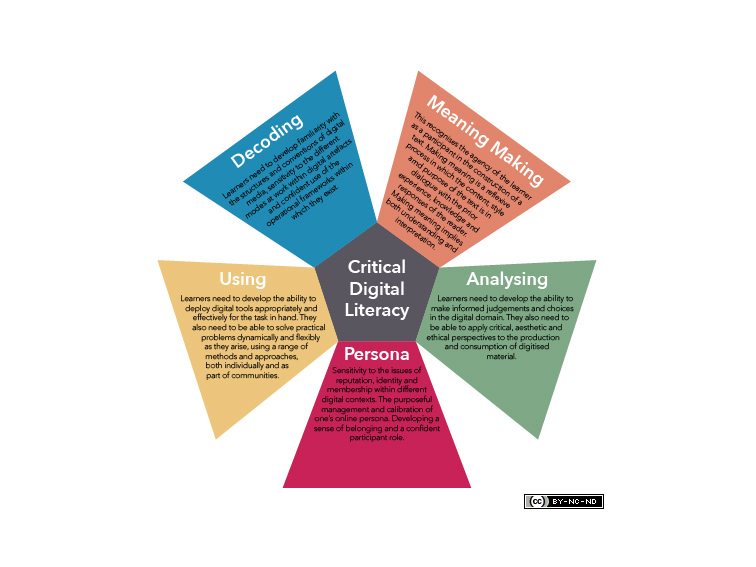
Digital Literacy is increasingly important in an age where many students read more from screens than they do from books.

The Library of Congress digitized hundreds of hours of motion pictures that will be freely available on the National Screening Room website.

How To Teach With Apps Using The SAMR Model by TeachThought Staff Not all apps are created equal. Not all teacher planning and instructional design are created equal. Mash the two, and we’re beginning to see the opportunity for some real disparity. In response, we’ve taken the popular SAMR model and use it as a…
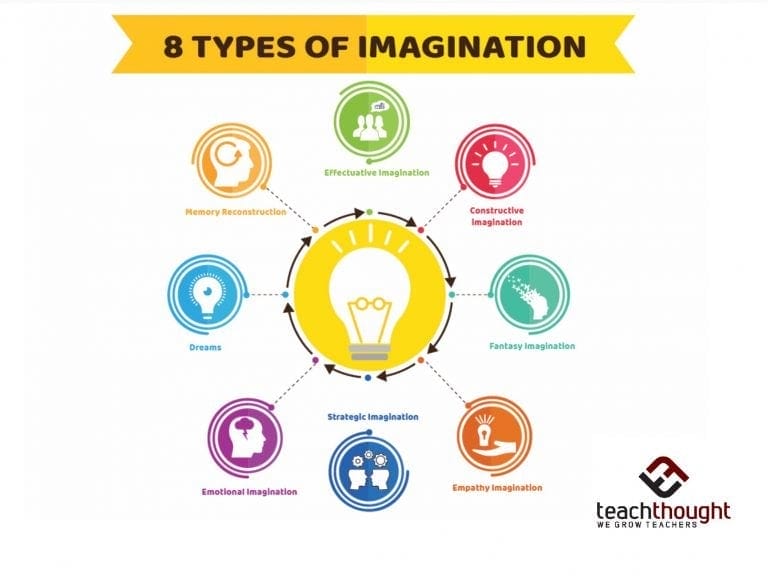
Here, Dr. Murray Hunter has offered eight types of imagination we use on a daily basis, from constructive to empathic and dreaming.
End of content
End of content